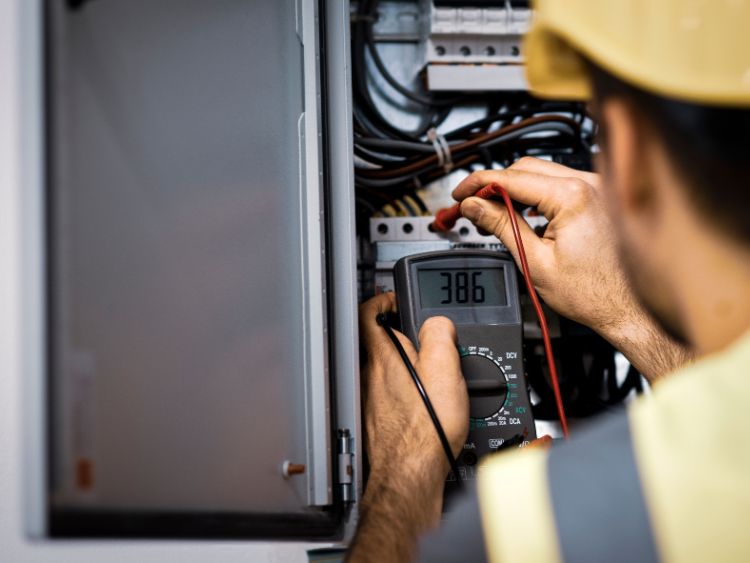In the vast world of automotive maintenance, electrical repair stands out as a critical, yet often bewildering domain. Cars, in essence, are rolling networks of wires, fuses, and circuits. These electrical systems are the lifeblood that powers everything from your headlights to your car’s computer. But when something goes awry, it can seem like you’re lost in a labyrinth. Fear not! This ultimate guide to automotive electrical repair is your map through the maze. We’ll uncover the mysteries of automotive electrical systems, ensuring you’re well-equipped to tackle issues head-on, or at least understand what’s happening under the hood.
The Heart of the Matter: Understanding Your Vehicle’s Electrical System
Before we roll up our sleeves, it’s crucial to grasp the basics of your car’s electrical system. At its core, this system is a complex network designed to perform a wide array of functions, from igniting the engine to charging your phone. Here’s a simplified breakdown:
- Battery: The power starter, giving life to the electrical system.
- Alternator: Charges the battery and powers the electrical system when the engine runs.
- Starter Motor: Jumps the engine to life upon ignition.
- Fuses and Relays: Act as the guardians, protecting the electrical components by breaking the circuit in case of overload.
Each component plays a pivotal role, and understanding these roles can demystify much of the repair process.
Dive into Diagnosis: The First Step in Automotive Electrical Repair
Troubleshooting is an art combined with science. When faced with an electrical issue, start with these steps:
- Visual Inspection: Often, the problem is as simple as a loose connection or a blown fuse.
- Use a Multimeter: This tool is your best friend. It can measure voltage, current, and resistance.
- Check the Battery: Many electrical problems stem from battery issues. A simple voltage check can tell you a lot.
- Consult the Wiring Diagram: These diagrams can be intricate, but they’re invaluable for tracing problems.
Remember, patience is key. Electrical issues can be elusive.
Common Culprits: Identifying and Fixing Frequent Electrical Problems
Ah, the usual suspects. Let’s break down some common electrical problems and their solutions:
- Dead Battery: Often simply requires a jump start or replacement.
- Faulty Alternator: Symptoms include dimming lights or battery warning light. Replacement is usually the fix.
- Blown Fuses: Check your vehicle’s manual, find the culprit, and replace the fuse.
- Bad Starter Motor: A telltale sign is a clicking noise when turning the key. Replacement is the go-to solution.
Each problem has its signs, and learning to read these signs can save you time and money.
Advanced Troubleshooting: When to Call in the Pros
Sometimes, despite your best efforts, the problem persists. Here’s when to consider professional help:
- Intermittent Electrical Issues: These can be notoriously hard to pin down.
- Complex Systems: Modern cars have sophisticated systems that might require specialized diagnostic tools.
- Safety Concerns: If you’re unsure or uncomfortable, it’s always safer to consult a professional.
Knowing your limits is not a defeat; it’s smart troubleshooting.
DIY Tips and Safety: Navigating Automotive Electrical Repair
For those inclined to tackle repairs themselves, here are some golden rules:
- Disconnect the Battery: Always do this before working on electrical components to avoid shocks.
- Wear Protective Gear: Safety glasses and gloves can be a real lifesaver.
- Use the Right Tools: Invest in a good multimeter and a set of insulated tools.
And remember, YouTube and vehicle forums are goldmines of information but cross-reference advice to ensure it’s reliable.
FAQs
Q: How do I know if my car’s electrical problem is serious?
A: Warning signs like smoke, a burning smell, or repeated fuse blowouts indicate a serious issue. Don’t delay consulting a professional.
Q: Can a bad battery affect my car’s performance?
A: Absolutely. A failing battery can lead to poor performance, difficulty starting the engine, and even affect fuel efficiency.
Q: Are electrical repairs expensive?
A: Costs can vary widely based on the issue. Simple fixes like replacing a fuse are inexpensive, but more complex repairs can be costlier.
Summary
Navigating the world of automotive electrical repair might seem daunting at first, but with a bit of knowledge and the right tools, you can demystify the process. From understanding the basics of your vehicle’s electrical system to tackling common problems, and knowing when to call in the pros, you’re now better equipped to handle electrical issues. Remember, safety first, and when in doubt, seek professional advice. Here’s to smooth driving and fully functioning circuits!



